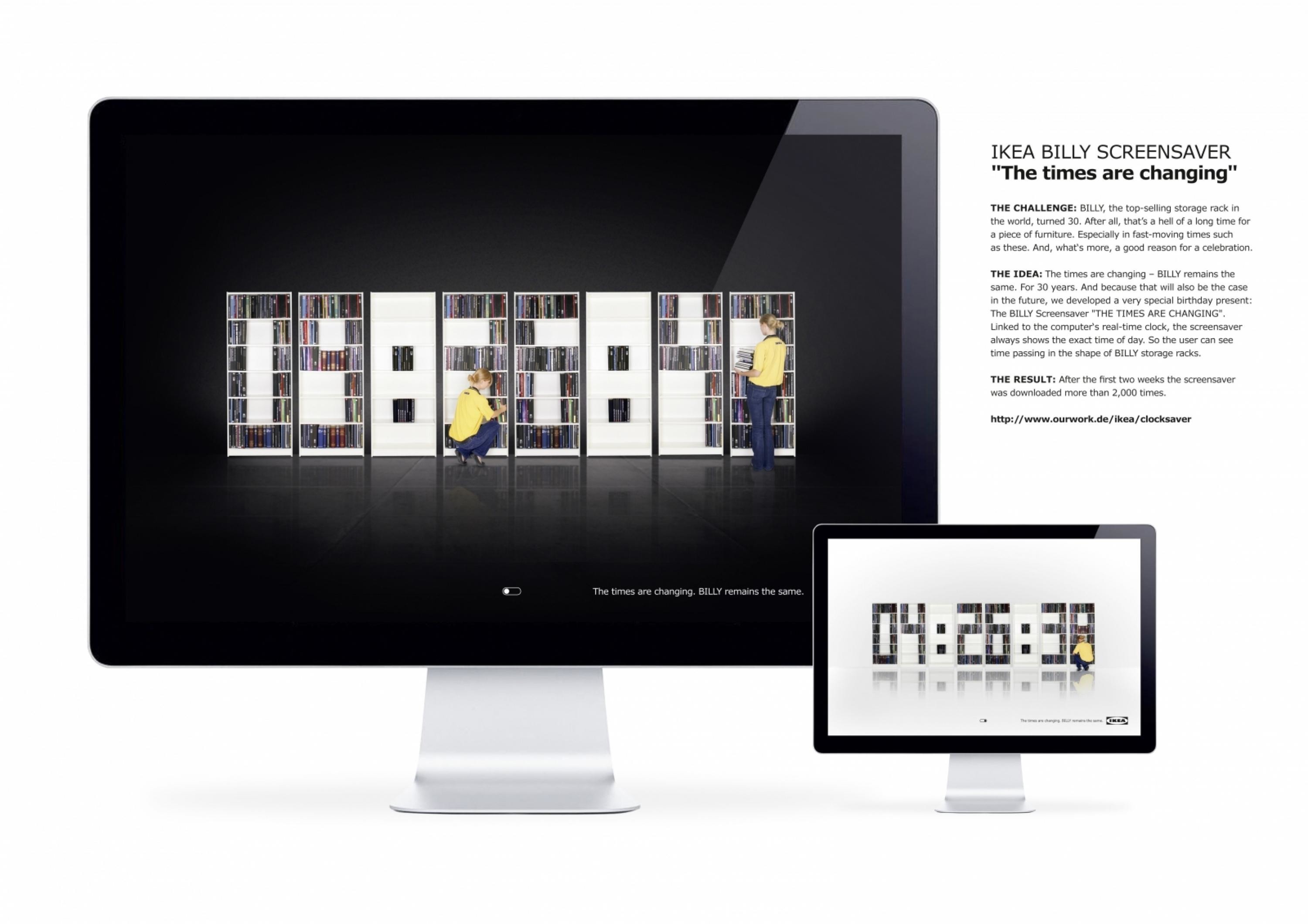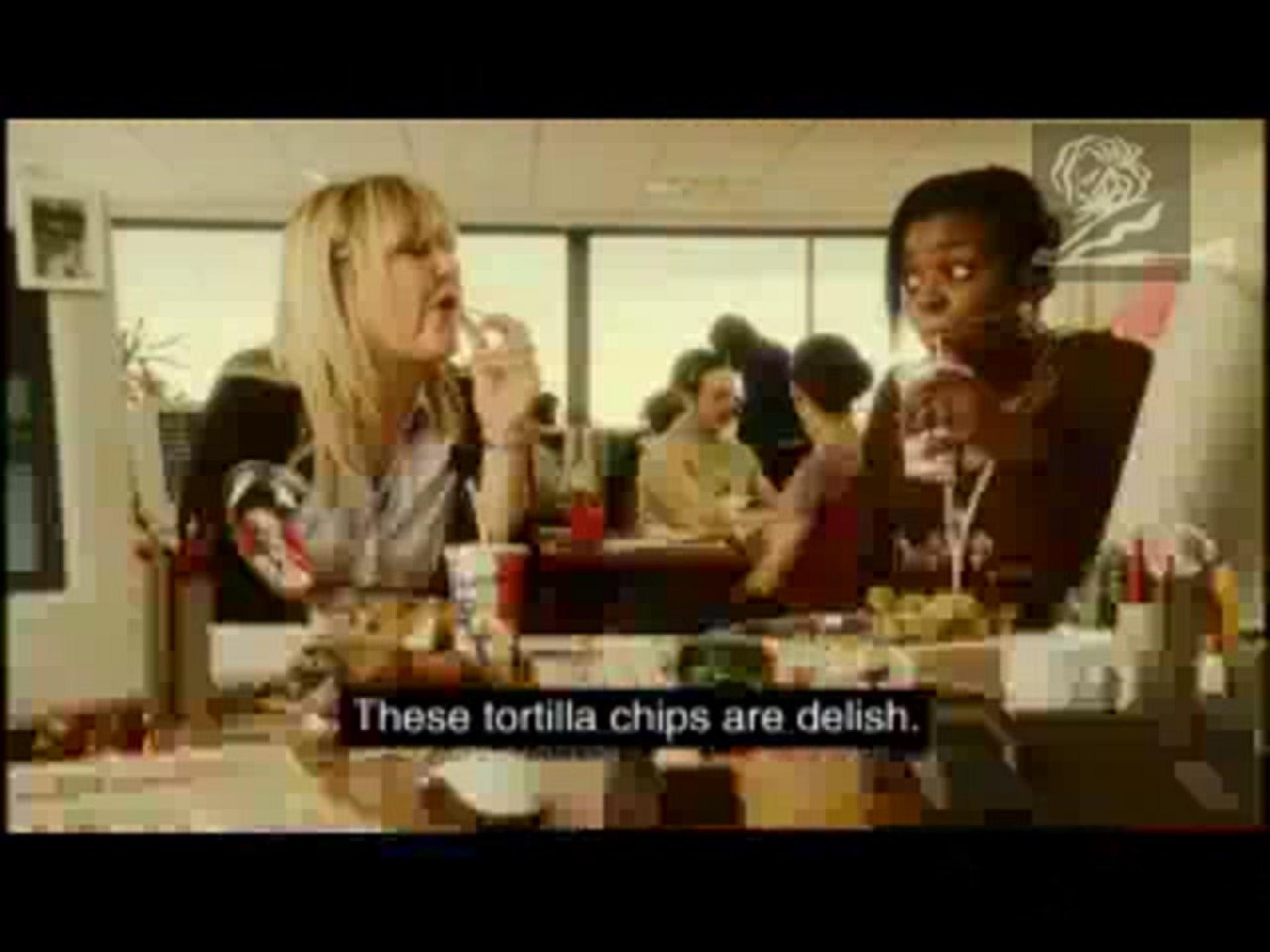Cannes Lions
Haters Gonna Hate, Use Them As Bait. KFC’s New Fries Campaign 2018
MOTHER, London / KFC / 2019

Overview
Entries
Credits
Overview
Background
As this campaign went live, KFC was coming out of the worst business crisis it had faced in years, when a shortage in the supply of chicken closed the doors to restaurants all over the country. The brand was still rebuilding trust and trying to win back customers. It meant the New Fries campaign was starting from unusual circumstances where confidence in the brand was low. The results achieved, especially brand equity growth, were therefore testament to the strength of the campaign.
Learnings from this campaign are being used within the industry. Twitter use the casetudy in a presentation on campaigns which took on a life of their own beyond push messaging. Hence becoming some of 2018’s most successful campaigns.
Finally, in the UK the terms “fries” “French fries” and “chips” are linguistically interchangeable.
Idea
To acknowledge the failings of the old fries, who better to help us with this than our very own KFC trolls.
We chose to promote our haters negative tweets to help our cause by using their fury to undermine KCF’s old fries.
Once promoted, the beady eyed Twitterati began to notice and question what we were up to.
As word spread, we took it into broadcast media, using the same tweets in our posters and print.
By this point, even our competitors were bemused by the whole thing, which was handy as Burger King has 43K Twitter followers.
Once interest had peaked, it was time to introduce our new fries. The now obvious antidote to a product that was the source of such hate.
Once the penny dropped, confusion turned to applause. Even our original trolls had been turned, as they played along to the amusement of their own followers.
Strategy
To boost the perception of the new fries we started on the most obvious path.
Creating messaging that talked to how much better they were than the old fries.
Yet the verbatim we were getting fed through from test restaurants (who were continuously tracking the reaction of their customers) showed that this approach wasn’t working.
Loyal fans were still angry about the swap.
Superiority alone wasn’t cutting it, so we had to think again.
Looking to behavioural economics, we realised we had a loss aversion problem. It wasn’t that loyal fans didn’t like our new fries, it was that they didn’t like the idea of losing the old ones.
It meant talking to the benefits of the new fries alone would not cut it.
In order to tackle loss aversion, we had to first acknowledge the failings of the old fries.
To pave the way for the new fries to be seen as the saviour of ‘soggy’, we had to negatively reposition or old fries to our loyal fans.
In short, we had to tell people that our old fries were bad.
Outcome
The campaign:
- Reached 1/3 of UK Twitter users
- Was the most read article on the BBC on the day of launch
- Created the highest spike in positive buzz the brand had seen that year (YouGov).
- Prompted awareness of the new fries reached well above the 50% target to 62%.
This is a 38% point increase from the 2017, pre campaign test.
- Improved taste scores across every measure for those aware of the campaign
- Led to an uplift in Q4 ‘Fast Good’ brand scores vs Q4 2017 scores:
Relevance (+3%), Generosity (+4%), Trust worthiness (+4%), Quality food (+1%)
- Penetration increased from pre to post campaign versus the same period in 2017. It means that we gained over 669,100 more buyers through the delivery of this campaign.
Similar Campaigns
12 items








